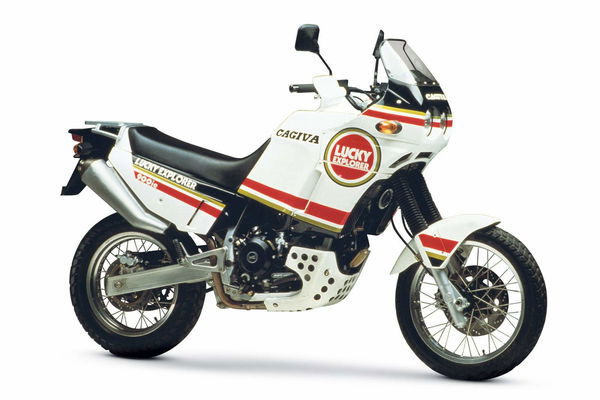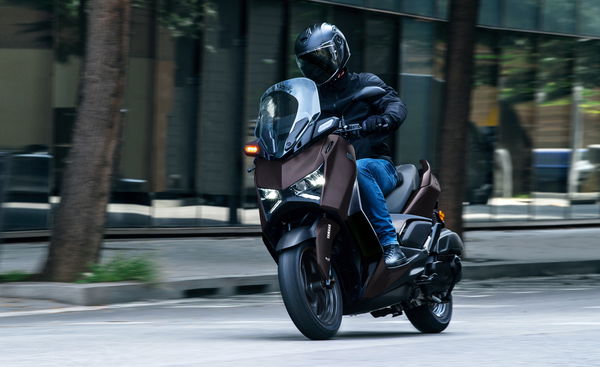Growing old gracefully | Top 10 Timeless Motorcycle Designs
Some motorcycles are memorable. Some motorcycles are even classic. But only an exclusive few can be considered true design icons that will never age
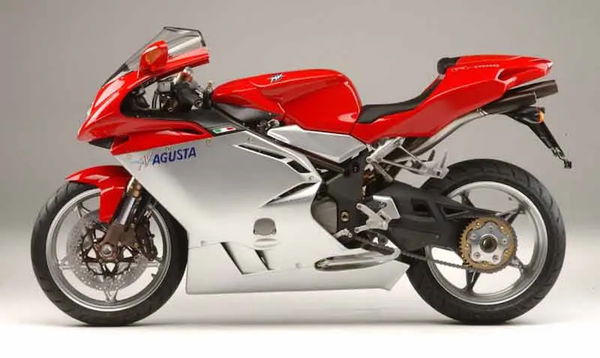
Time stands still for no man… that is unless you’re riding a timelessly classic motorcycle because then you’re making other men (and women) come to a standstill.
Indeed, we’ve all heard the term ‘maturing with age’ but much like we cringe at old photos of us decked out in the latest - but fleeting - fashion trend of that era, a glance back through the annals of motorcycling’s history shows just how much design has evolved.
However, while there are plenty of models that look as though they could only ever exist in that era, some motorcycles continue to cut a fine dash out on the road today… none more so than our ten here.
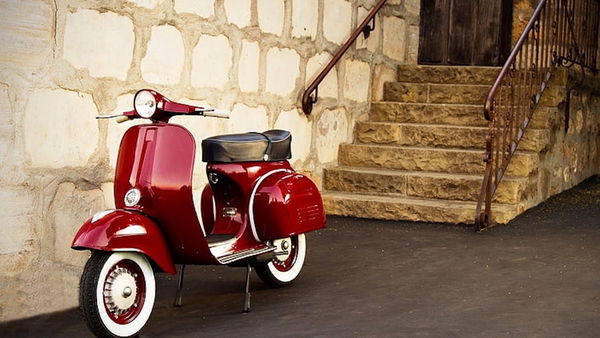
10. Vespa
A design so iconic and silhouette that it is protected by European law, the Vespa is up there with Fairy Liquid and Hoover as a brand name being used in place of the product name.
The quintessential scooter of its era, no vision of Italy is complete without a Vespa - which stands for ‘wasp’ in Italian - buzzing down cobbled streets, probably with an impossibly beautiful couple having the time of their life on it.
Indeed, the classic silhouette - which has changed remarkably little over the decades since its introduction in 1946 - is a true icon of design, period. Transcending beyond the automotive sphere, the Vespa is as synonymous to Italy as pizza and the Colosseum with its instantly recognisable sail-like splash guard, traditional pastel hues and flamboyantly thin wing mirrors.
Numerous versions of the Vespa have come and gone over the last 70 years but each remains unmistakable to one another, so much so that parent company Piaggio is fiercely protective of its intellectual property and has been on a determined crusade for several years against imitating versions.

9. Triumph Bonneville
The Triumph Bonneville silhouette is perhaps the most literal example of ‘timeless’ design by sheer definition since not only does its lineage stretch right back to the 50s, but it goes back to an era that inspires today’s still very popular ‘Modern Classics’ segment.
While the format of the Bonneville has changed aplenty over the years, it has retained the same signature traits down the decades to make it one of motorcycling’s most recognisable names and styles.
Indeed, while the Bonneville moniker has been used liberally on a variety of different models adopting varying degrees of traditional or contemporary design, its stripped back aesthetic, polished aluminium, wire-spoke wheels and heritage attention to detail is as evident in 2022 and it was back in 1959.
The one connection to Triumph’s pre-John Bloor past, the Bonneville therefore serves as the tether that binds the British marque’s two disparate eras together and ensures the Hinckley firm doesn’t forget its roots while forging ahead as one of the industry’s most forward-thinking companies.
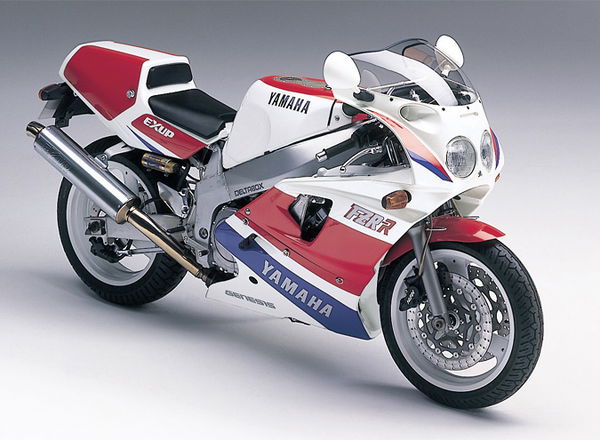
8 - Yamaha FZR750R OW-01
Having watched arch rivals Honda steal a march in the burgeoning sportsbike class with the brilliant RC30, Yamaha knew it couldn’t play it safe with its own response.
The result was the Yamaha FZR750R OW-01, a new sporting flagship that shoehorned all of the manufacturer’s racing know-how into a roadgoing package that was devastatingly quick, fantastic to ride and looked every inch the statement sportsbike.
Curvier and more modern looking than the RC30, the twin front-headlights and aero-sculpted fairing means the OW01 stands the test of time well by having more in common aesthetically with today’s sportsbike than those that came before it in the 80s.
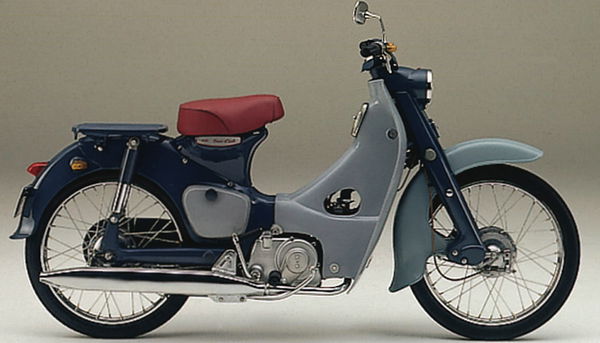
7 - Honda Super Cub (1958)
‘You meet the nicest people on a Honda’
This was the charming and friendly advertising slogan that helped turn Japanese firm Honda from a quirky overseas curio to a global powerhouse, helped in part by the equally charming and friendly Super Cub.
One of the best-selling motorcycles of all-time anywhere in the world, in 2017 production of this simple, underbone motorcycle surpassed the 100 million mark.
Up their with the Vespa as transcending its industry to be considered a design icon of the 21st century, the Super Cub’s (C100) pressed steel monocoque chassis, horizontal engine placed below the central spine - the underbone - allowed it to straddle scooter and motorcycle columns. The result is a basic, yet fun design you can’t help but love.
The Super Cub remains in production today with a look that remains remarkably faithful to the original, its ubiquitousness such that it remains a unique - yet popular - choice in its very own little segment.
Oh, and of course, you do still meet the nicest people on a Honda… it’s just there are a lot more of them now!
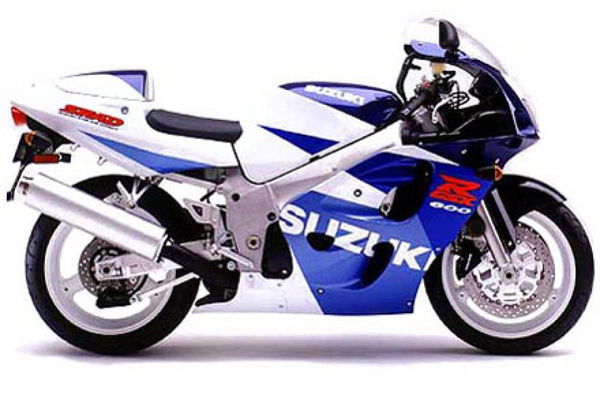
6 - Suzuki GSX-R600 SRAD
While a rather fairweather approach to the sportsbike category it once proudly topped has left it lagging behind its Japanese rivals today - both on and off track - Suzuki’s influence on the category over the decades remains as significant as that of Honda, Yamaha and Kawasaki.
Armed with its famed GSX-R line of sportbikes, Suzuki had an excellent habit of incrementally improving both the flagship GSX-R750/1000 and GSX-600 as the years clicked by.
This was no better demonstrated than in the styling department, which stuck to a process of evolution rather than revolution in the 15 years that followed the original 1985 GSX-R750 ‘Gixxer’.
Of these modern interpretations, however, it was the Suzuki GSX-R600 SRAD that served as the bridge between bygone generations and new ones to come as the last of its kind to feature a twin headlight arrangement, uncluttered fairing, bulbous screen and arched tail-fin.
In short, the GSX-R600 SRAD may look ‘of its time’ but it’s up to you to decide exactly when that time is…
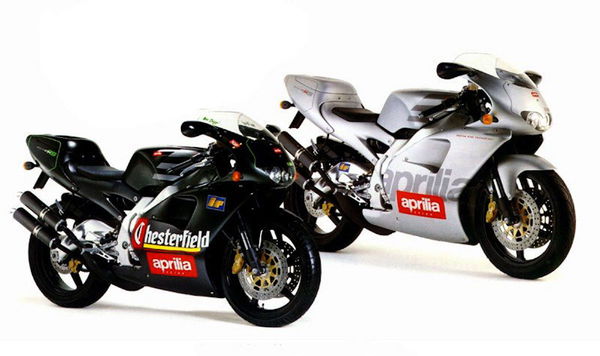
5 - Aprilia RS250
Quick, lightweight, free-revving and ear-piercingly noisy, the Aprilia RS250 was - and in many ways probably still is - the closest you will ever get to feeling like a World Championship racer.
Inspired by the RSW250 campaigned by the likes of Valentino Rossi, Max Biaggi and Loris Capirossi in the 250GP World Championship, such an association assured it status as the ‘cool’ choice among youngsters seeking a fun, trendy and affordable machine as their first motorcycle.
Looking as good on the road as it did on the track, the RS250 may have only been a fraction of the size, weight and power of its full-fat sportsbike relatives, but few looked better.
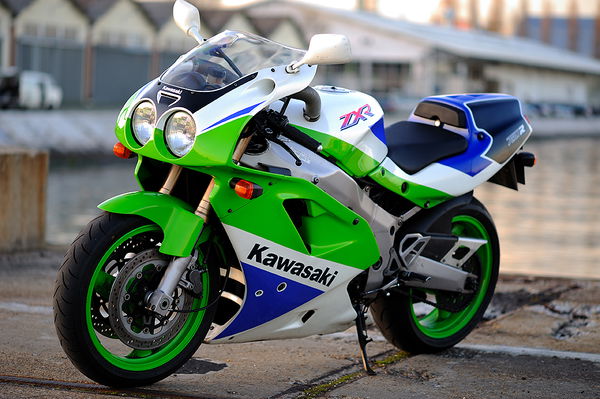
4 - Kawasaki ZXR 750
If the other nine motorcycles in this ranking have relied on their physical design to be considered timeless, the Kawasaki ZXR 750 has the popping benefits of its world-famous association with the colour green to rely on too.
This is no better demonstrated than on the Kawasaki ZXR 750, where the lurid ‘Lime Green’, interspersed with white and blue stripes serves to amplify the drama of its head-turning styling.
It wasn’t subtle, it isn’t pretty per se… yet with those close-set twin headlights and a profile that curves out of the front-end into an angular rear, plus of course the retina-scorching paint job, the ZXR 750 was never anything less than utterly desirable.
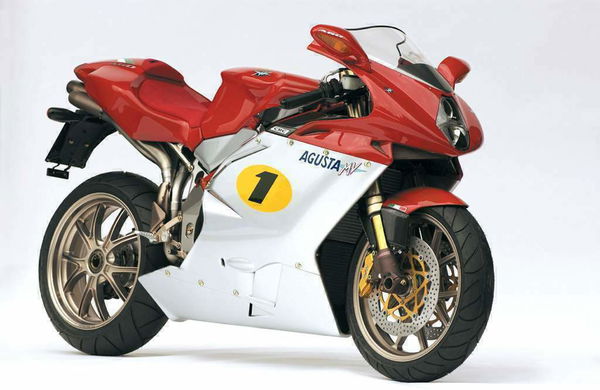
3 - MV Agusta F4 1000
Whether it’s a movie, an album or a motorcycle, it’s often said sequels never live up to the original, which is why there is such a complex around the so-called ‘follow up’ to a smash hit.
Having piqued with the glorious Ducati 916 in 1994, Massimo Tamburini set about trying to sprinkle some of that magic for rivals MV Agusta with its new flagship sportsbike, the F4. But after the 916, could he really live up to his finest work with another masterpiece?
Well, perhaps against all the odds, he did.
In some ways, the F4 was the true successor to the 916, not least when compared with its actual replacement, the decidedly oddball Ducati 999.
If you squint there are certainly similarities in the F4 and 916, but no matter because the F4 is sold more on its exquisite detailing and classic touches anyway, such as the unmistakable two-tone red-silver paint job and golden rims.
Launched as a 750 in 1999, the F4 matured under the skin to feature a 1000cc unit later down the line but the design itself was barely touched during its 19 year lifespan.
Distant cousins though the F4 and 916 may have been, it is a sheer testament to the genius of Tamburini that he deftly succeeded in ensuring each stood as individual style icons that could only have ever worn their respective MV Agusta and Ducati badges.
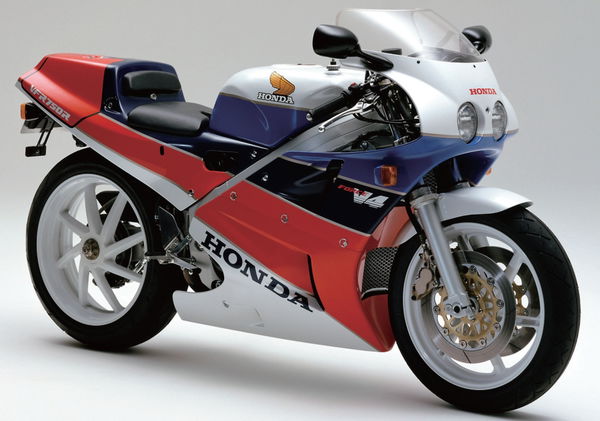
2 - Honda RC30 (VFR750R)
Having spent much of the 1980s trading titles with arch rivals Yamaha in the 500GP World Championship, when the WorldSBK Championship rolled around for its inaugural season in 1988, honour was very much at stake between the two Japanese powerhouses.
Determined not to let Yamaha steal a march in a series directly correlated to what Joe public could actually buy, Honda went all in with an upgraded version of its VFR750. While it officially bore the ‘R’ suffix, the model became better known by its snappier codename, the RC30.
Lightweight, lean, powerful and brimming with state-of-the-art kit, the RC30 - as a deliberately fiddled low volume roadgoing model, aka. a ‘homologation special’ - might have pushed the limits of the regulations’ spirit, but no matter it looked the business.
Sleek, well-proportioned and effortlessly desirable - especially in its red, white and blue hues - the RC30 looked every inch the winner it went on to be.
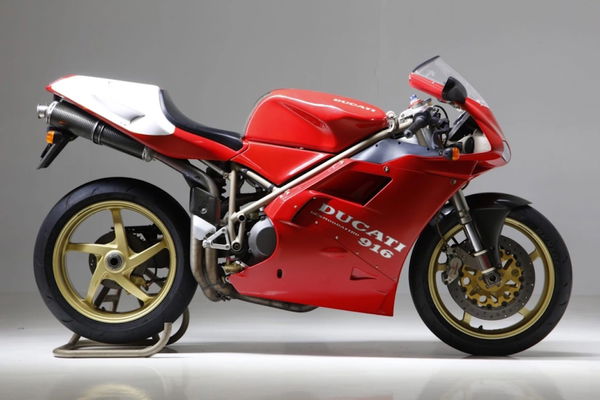
1 - Ducati 916
Every motorcycle in this top ten ranking can make a convincing claim to assume the #1 spot here… but none of them can claim to have made the entire industry stop dead in its tracks upon its unveiling.
The Ducati 916 can, however.
Styled by the world-renowned penman Massimo Tamburini, the Italian may have been responsible for several ground-breaking motorcycle designs over the decades, but it’s the Ducati 916 most regarded as his opus.
Sleek, svelte and sculpted, the 916 changed the ethos of the sportsbike category from being big, blocky and in your face, to something more compact and lean, yet still muscular and imposing.
Proving big sportsbikes could be elegant, the Ducati 916 emphasised its ground-breaking form with the function of a single-sided swingarm and underseat exhausts that served the purpose of being better packaged, more efficient and maintain a cleaner look.
Launched in 1994, the Ducati 916 sent rivals back to the drawing board to imitate a style that has continued to inspire right up to today’s newest sportsbike breed.
